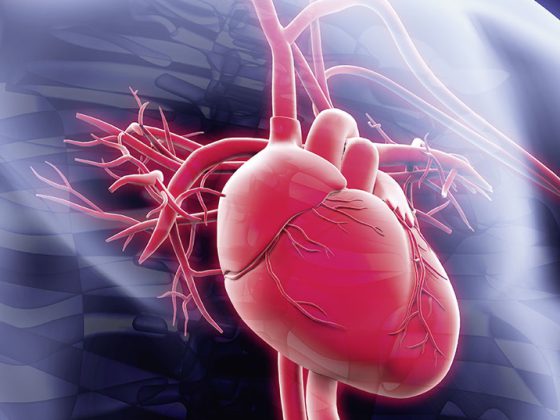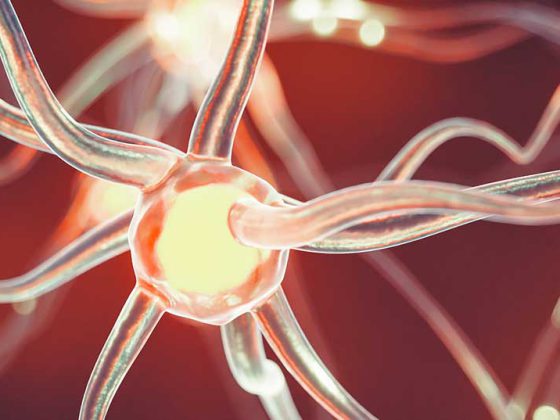CAR-T cell technology is considered the latest achievement in cancer medicine. The first approvals in Europe took place in mid-2018 – Switzerland followed at the end of 2018. Currently, the new therapeutic approach seems to be able to achieve good results, especially against B-cell lymphoma and in acute lymphoblastic leukemia. But the research continues…
When a novel form of treatment came on the market two years ago, previous cancer medicine was turned on its head. For the first time, CAR-T cell therapy made it possible to target genetically engineered T cells to malignant tumor cells. For this purpose, T lymphocytes are removed from the patient by leukapheresis and equipped with chimeric antigen receptors (CAR). The CAR molecule is composed of three components:
- an extracellular, antigen-binding antibody fragment that detects the target structure on the tumor cell,
- a transmembrane part that anchors the CAR in the membrane of the T cell and stabilizes it, and
- the intral cellular signal frequency that is crucial for activation.
After activation by tumor cell binding, CAR-T cells begin to proliferate and destroy the tumor cell. CAR-T cells recognize their target antigen with the sensitivity of an antibody and act with potentiated efficiency of a T cell – even if the tumor cell lacks MHC expression [1,2]. After elimination of the tumor, the altered cells may persist and become active again upon recurrence [3].
Focus on hematology
The currently available preparations contain chimeric antigen receptors against CD19, a surface molecule of B lymphocytes. Therefore, they are used in patients with diffuse large B-cell lymphoma (DLBCL), primary mediastinal large B-cell lymphoma (PMBCL), or acute lymphoblastic leukemia (ALL), respectively, when they have failed to respond to initial therapies or relapse. For these patients, CAR-T cell therapy then represents the most promising method, since it is also curative, many experts agree. The main challenge is to bridge the time until the start of therapy well. This is because the production of CAR-T cells, which is currently still carried out exclusively in the USA, is costly and time-consuming. The side effects feared by many, such as cytokine storm, on the other hand, are manageable. According to a survey by the German Society for Hematology and Medical Oncology (DGHO), treatment is even less complicated than feared. Accordingly, the rate of patients requiring intensive care is 14 percent and mortality is three percent [4].
A look into the future
Studies are currently underway for other diseases, so that it can be assumed that this therapy will also be approved for other types of cancer – first and foremost for multiple myeloma. In patients with heavily pretreated myeloma, CAR T-cell therapy has been able to achieve a high remission rate with, in some cases, more than 50 percent complete remissions and a significantly longer progression-free time than with all previously available drugs [5]. However, the use of CAR-T cells in other B-cell neoplasms as well as in certain B-cell lymphomas at a much earlier stage is also being investigated. The transfer for diseases such as breast or colorectal cancer is currently not yet tangible, but studies are already underway here as well.
Literature:
- Dai H, et al: Chimeric Antigen Receptors Modified T-Cells for Cancer Therapy. J Natl Cancer Inst. 2016; 108(7).
- Curran KJ, Pegram HJ, Brentjens RJ: Chimeric antigen receptors for T cell im-munotherapy: current understanding and future directions. J Gene Med. 2012;14(6): 405-415.
- Schüßler-Lenz M, Müller-Berghaus J, Keller-Stanislawski B: CAR-T cell therapy: uncharted territory: how to evaluate “living” drugs. Dtsch Arztebl 2018; 115(39).
- www.dgho.de/publikationen/stellungnahmen/gute-aerztliche-praxis/car-t-zelltherapie/car-t-zellen-status-20200722.pdf (last accessed on 20.09.2020)
- www.aerzteblatt.de/nachrichten/115340/CAR-T-Zell-Therapie-an-26-Zentren-in-Deutschland-verfuegbar (last accessed on 20.09.2020)
InFo ONCOLOGY & HEMATOLOGY 2020; 8(5): 20.











